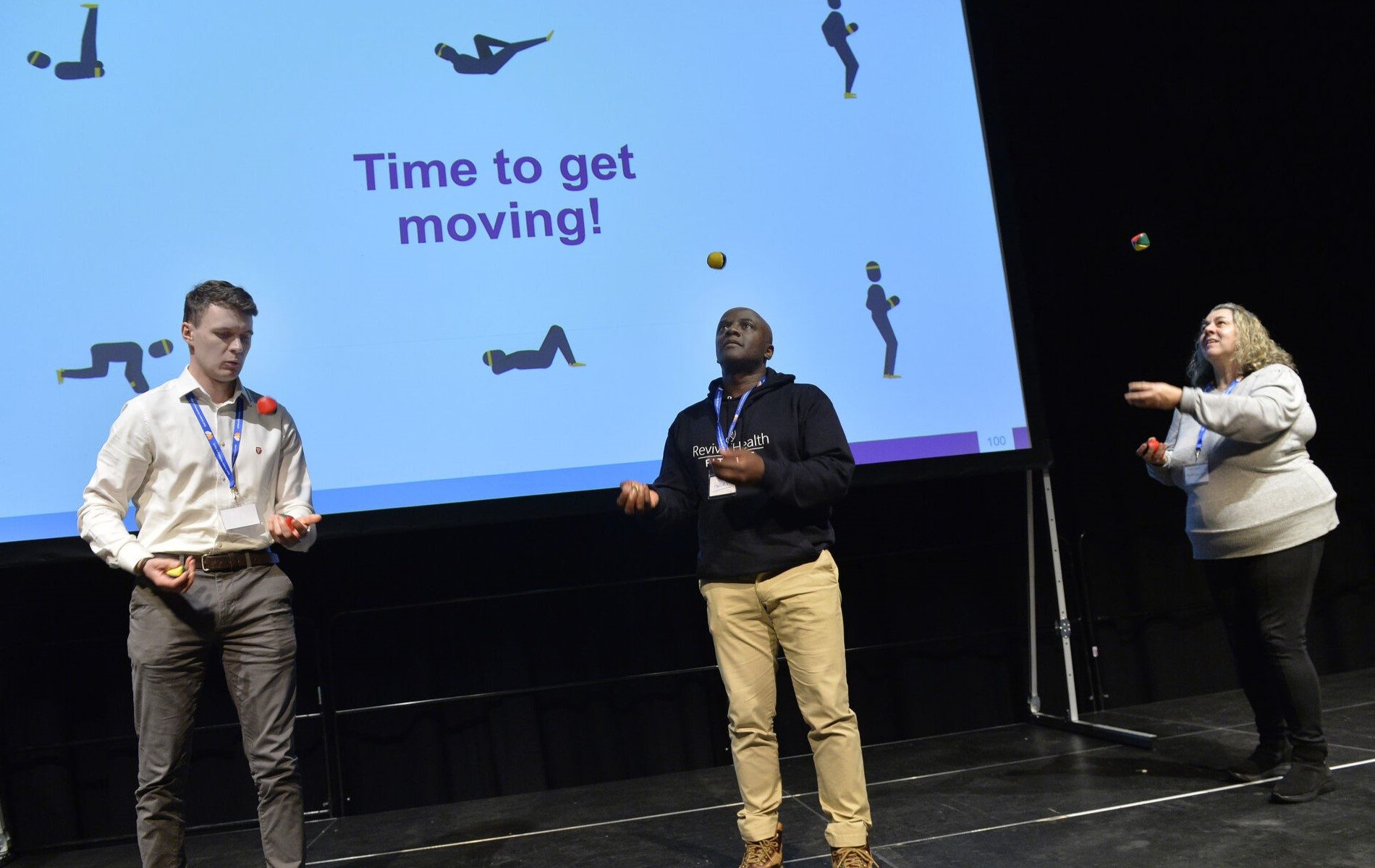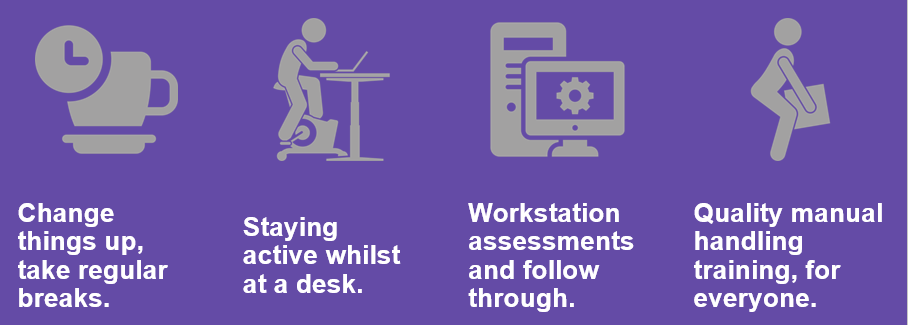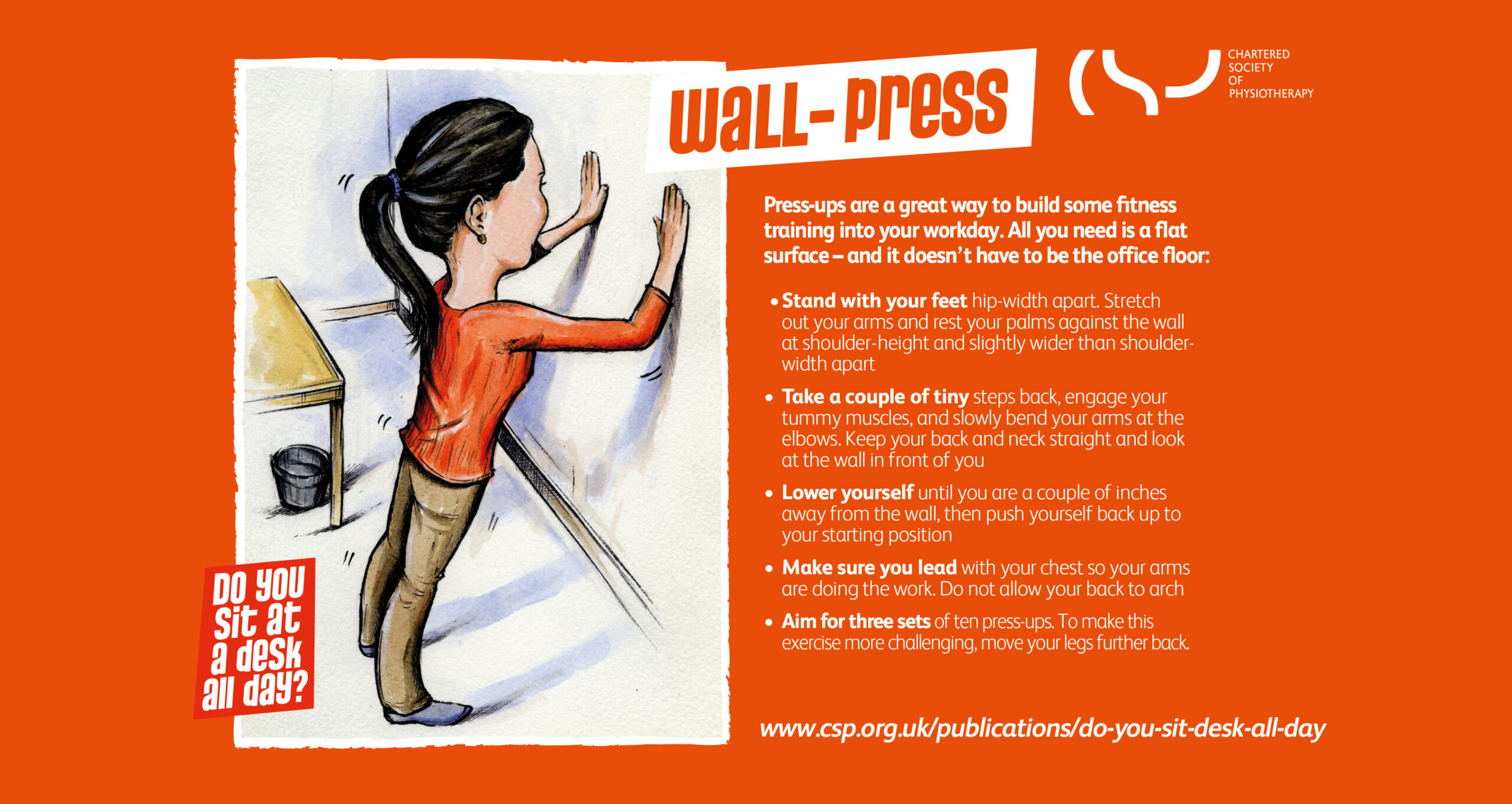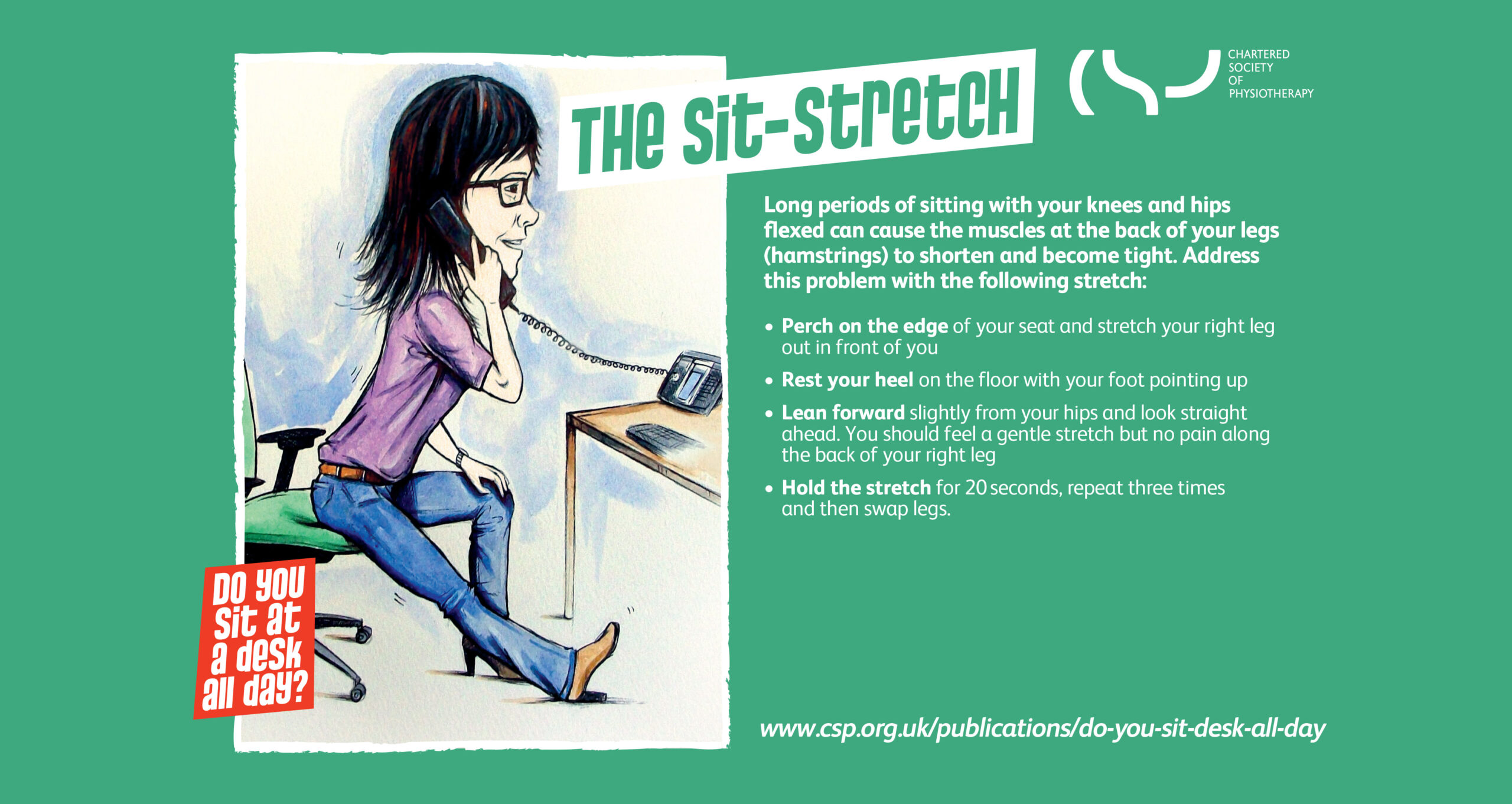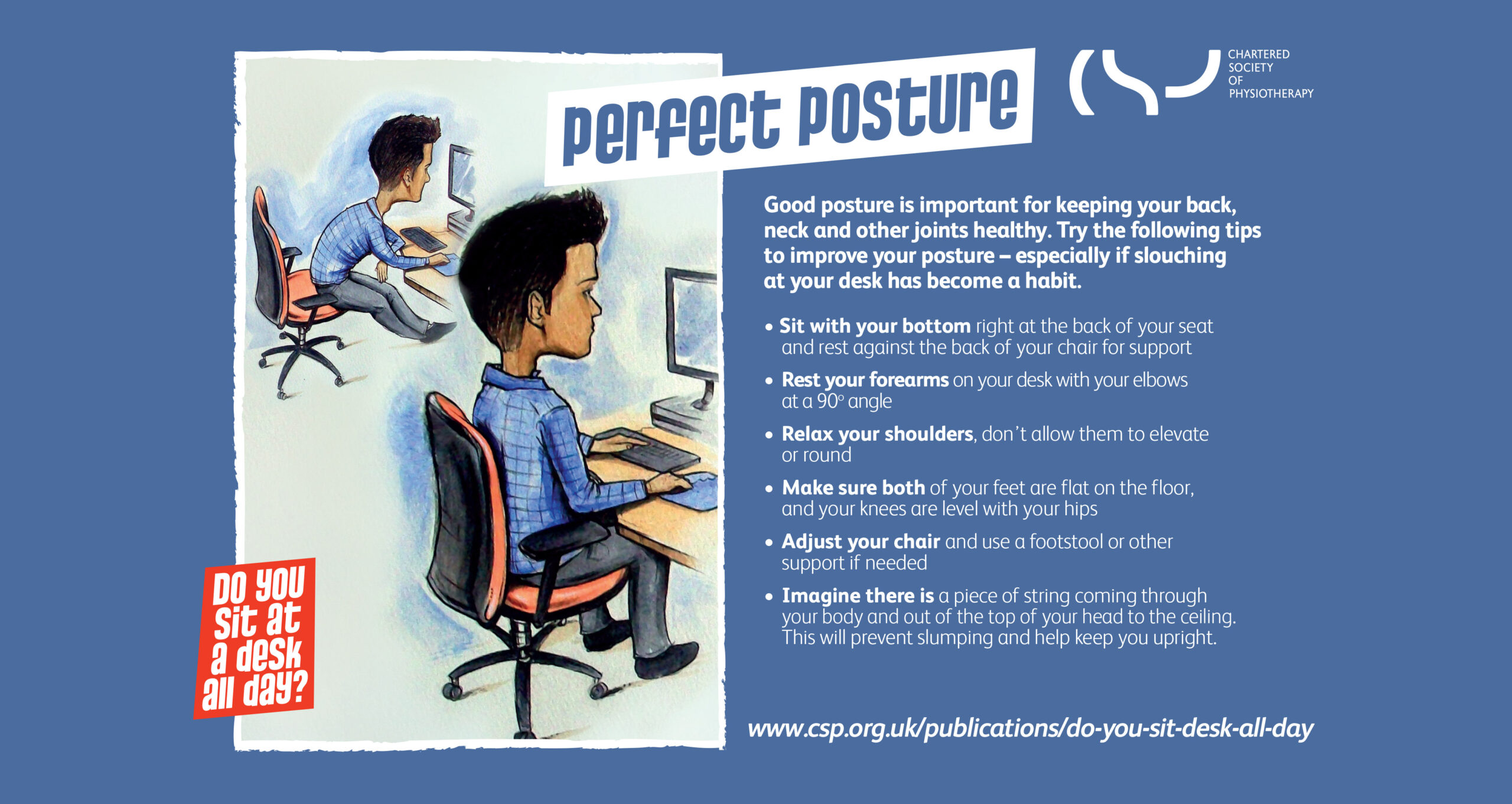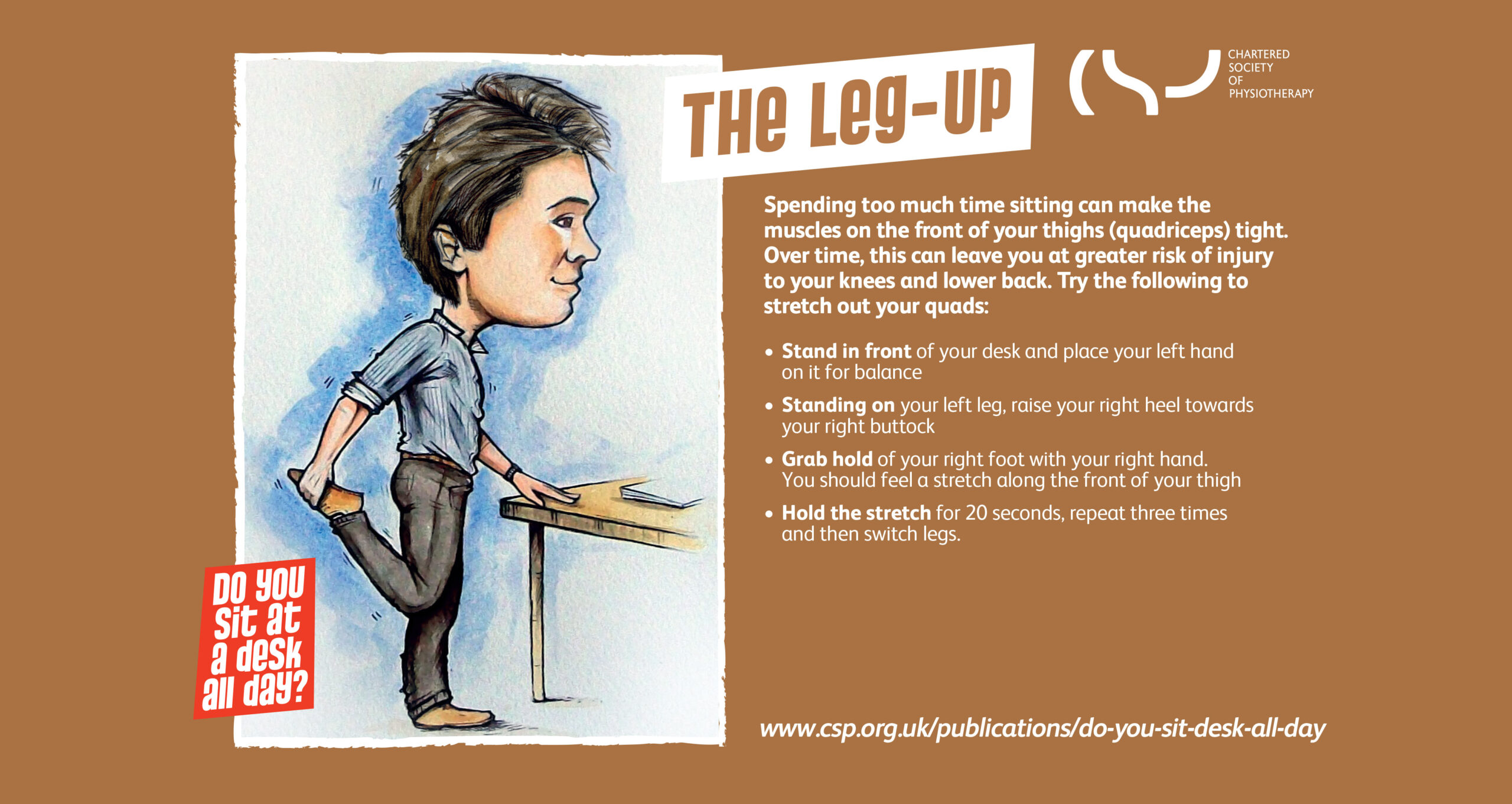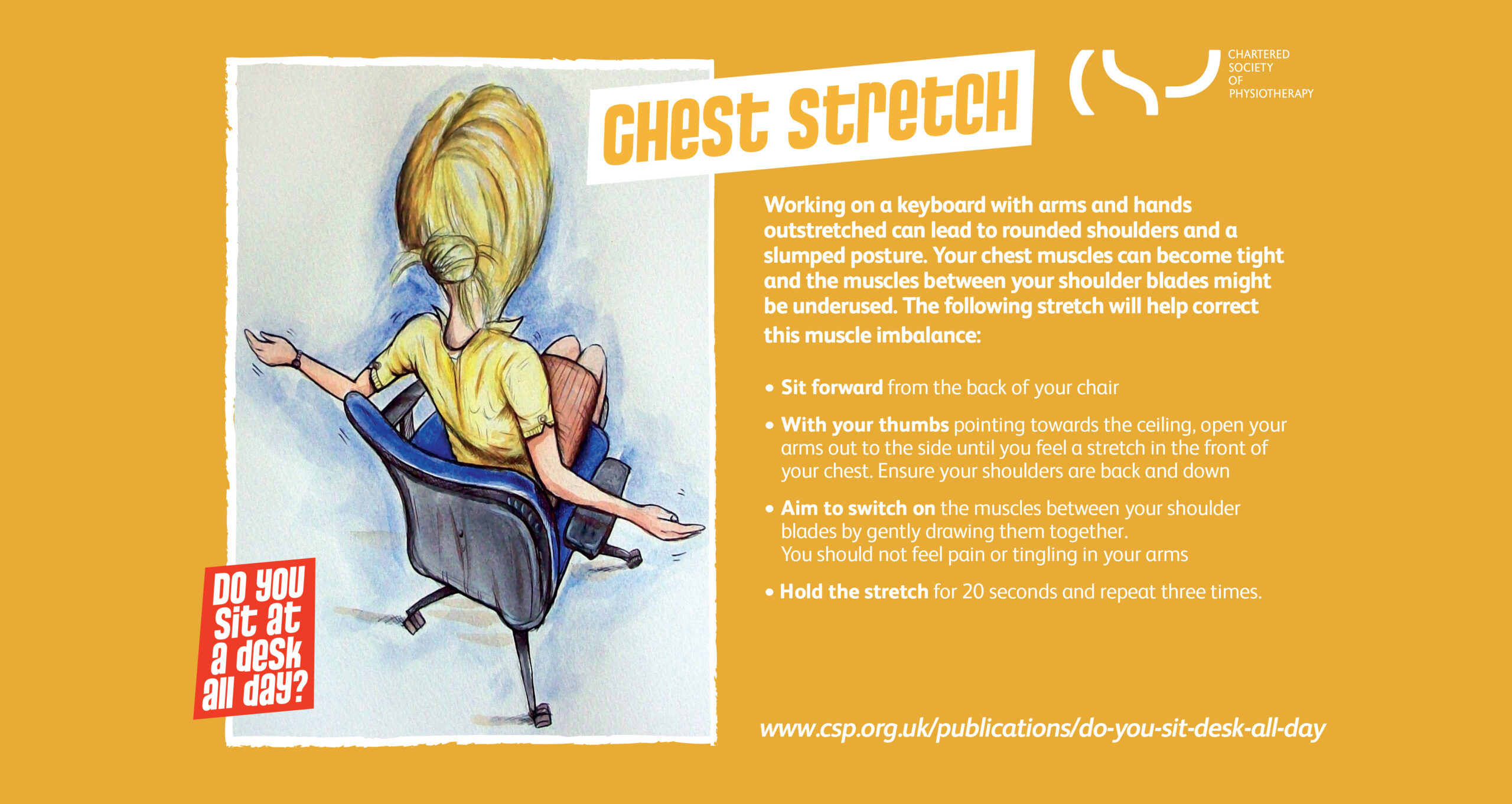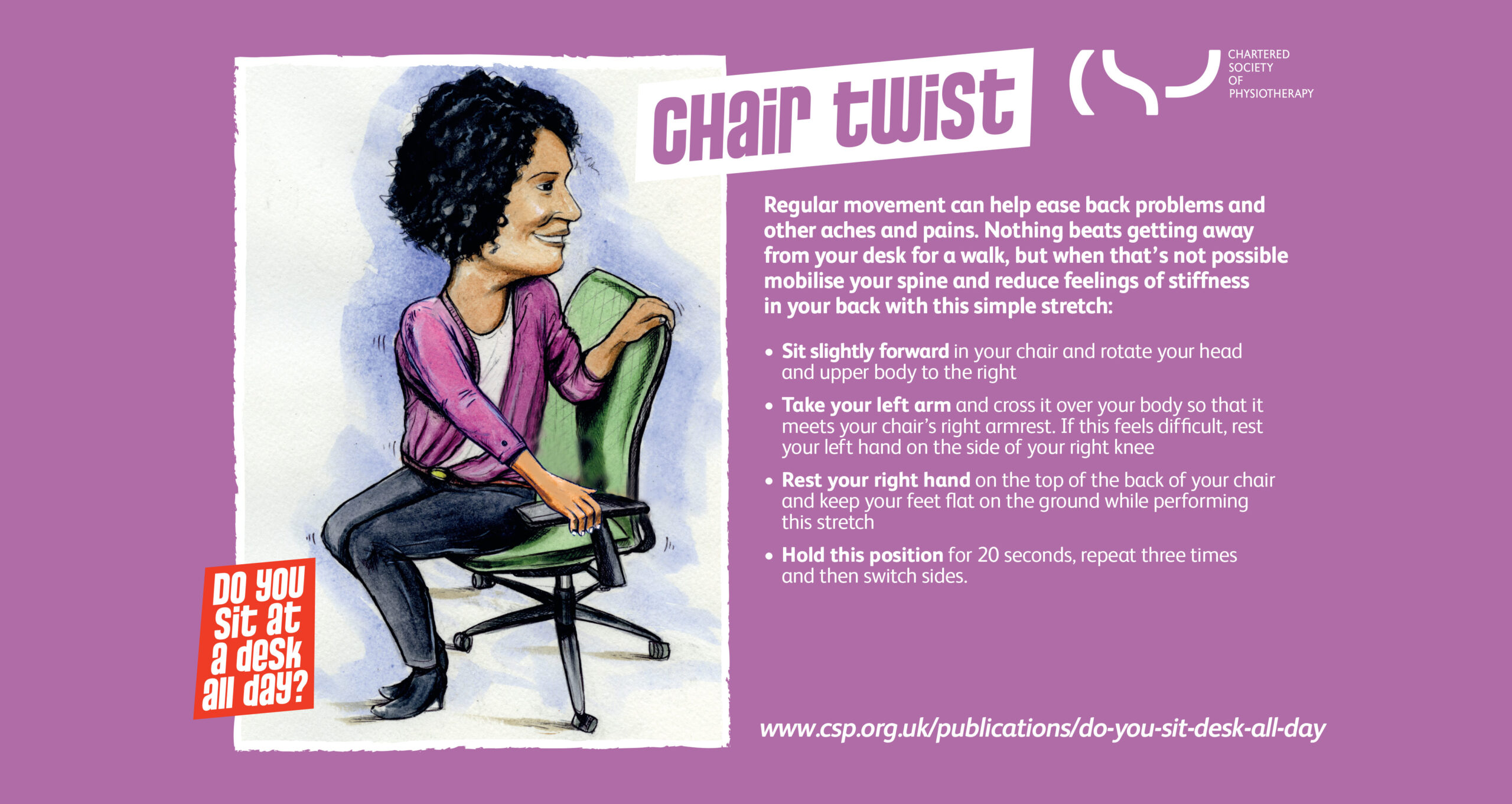MSK in the workplace –
Everything you need to know
What is MSK?
Musculoskeletal (MSK) conditions affect many people and can involve joints, bones, muscles, and sometimes associated tissues such as nerves. They can range from minor (injuries) to long-term conditions.
Understanding MSK health is crucial for both employers and employees in order to work and live well. Good MSK health involves gaining the knowledge and the skills to manage health and well-being, and treatment that suits personal preferences and lifestyle. Maintaining good MSK health is essential for carrying out daily activities while ageing well.
Did you know?
20.3 million people have an MSK condition, such as arthritis, back pain or chronic pain in the UK. Thats almost one third of the population!
Pain, stiffness, limited movement and fatigue. All of which can affect quality of life and your independence.
Poor MSK health significantly impacts individuals, employers, the NHS, and the wider economy. Versus Arthritis explain one in three current UK employees has a long-term health condition, and MSK conditions accounted for over 23 million working days lost in 2021. In 2017, the cost to healthcare, social services, and the economy amounted to over £2.5 billion.
What can you do for yourself or your colleagues?
Changing things up by taking regular breaks, for example going for a walk, getting a coffee, checking in with a colleague etc. can help reduce periods of sedentary time. There are plenty of ways you can keep moving.
Did you know?
If you’re regularly sat for more than eight hours a day, with little to no physical activity,
you share the same risks to your health as smokers.
Stay active at your desk. Set alarms to help build in the habit of stretching and moving whilst working. Whether you are in the office or working from home, keep your body moving!
Are you an employer and do you offer workstation assessments? Ensure these are followed through and not a tick box exercise. Do you work at a desk regularly? You can help yourself by ensuring that you are in a supportive, comfortable chair, looking after your posture. Change positions regularly. Check how your screens are placed. Do you work from home? Check that your MSK health is not impacted. Visit Posturite to learn more.
Engage with quality manual handling training. Everyone can benefit from learning how to correctly lift and move objects, regardless of their role. Understanding good manual handling practices helps in various situations, such as putting away deliveries, taking mail to the post office, or reaching for items overhead. Gov.uk covers the basics.
Check out the below posters from
The Chartered Society Of Physiotherapists.
Walking and standing meetings
Traditional boardroom-style or seated meetings not only contribute to sedentary time, but being indoors and under artificial light may also not be the most effective way of discussing an issue or looking for a solution. Some organisations are now practicing standing and walking meetings. Not only does this help tackle this health issue, but it has also shown to increase engagement, activity, and productivity.
Mind Tools explains that walking and standing meetings are exactly what they sound like: meetings that take place while participants are walking around or standing. It could involve a few minutes of “walk and talk” with a colleague en route to another part of the building, or it could be a more organised stroll around the site or grounds while you and a few colleagues generate ideas or solve a problem.
Tips for arranging walking meetings:
- Prepare an agenda: A walking segment can be great for generating ideas and problem solving or allowing time for general discussion. During a longer meeting giving some time for standing and walking elements can help to keep people energised.
- Let people know in advance: Colleagues may want to ware appropriate footwear, or additional layers, sunglasses, hats etc. depending on the weather.
- Plan your route: Depending on the weather or what you might be planning to walk around you may want to consider alternative routes and safe routes.
- Confidentiality: Consider where you will be walking and if it is an appropriate place for certain discussions. You don’t want anything confidential being shared to others.
- Consider the physical ability of your team: Walk at a suitable pace for everyone involved and allow sitting breaks for those who may struggle with standing for long periods.
- Keep the meeting concise: Keep the meeting succinct and with a minimal requirement of resources.
- Opt for smaller groups: Smaller groups allow everyone to be heard.
- Follow up & seek feedback: Follow up on your meeting and seek feedback from the team.
What are the advantages?
Studies show that regular exercise reduces anxiety and helps build up tolerance for stress. Mental health and wellbeing can be improved. The combination of fresh air, daylight and walking is a great stress reliever and exposure to daylight helps your body produce beneficial chemicals, such as serotonin and Vitamin D. Seasonal Addictive Disorder sufferers will also thank you for the opportunity to get some natural light. Research by the American Psychological Association shows that walking enhances people’s creativity and productivity. According to neuroscientists, walking increases blood flow to the brain which helps people to express ideas more fluently.
Physiotherapy self-referral
You and / or your employees can benefit from free NHS physiotherapy at any time, without needing to see a clinician (e.g. your GP) first. See our physiotherapy self-referral FAQ for information. Don’t wait for it to get worse; refer yourself today.
Physical activity guidelines
The World Health Organisation, the UK Government and numerous other organisations and official bodies have published their own very visual and sharable ‘what looks good’ guides for everyday adult activity. Why not download the posters for your walls?
Thank you for reading. David B.


